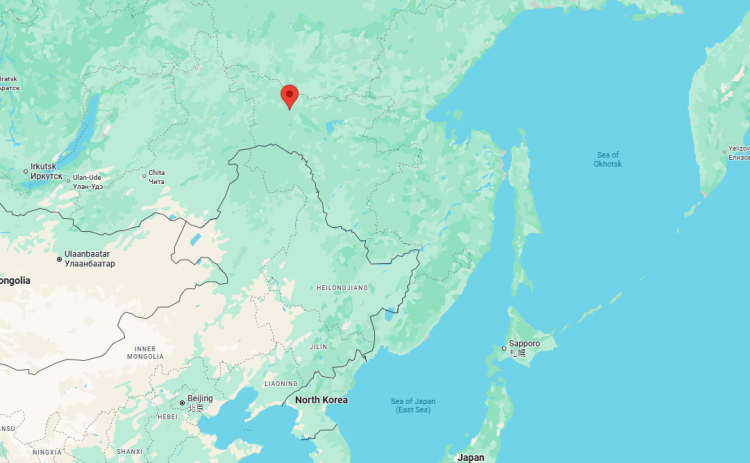All 48 people aboard a Russian Antonov An-24 turboprop plane were killed Thursday when the aging aircraft crashed into a remote forested hillside near the town of Tynda in Russia's Far East, officials said. The aircraft, operated by Siberia-based Angara Airlines, lost contact with air traffic control during a second landing attempt and disappeared from radar approximately 15 kilometers south of its destination.
"I regret to inform you that, according to preliminary data, there are no survivors of the An-24 plane crash in the Tynda District. Rescuers have reached the crash site," said Amur regional governor Vasily Orlov. He declared three days of mourning and extended condolences to the families of the victims.
The Russian Emergency Situations Ministry reported that a helicopter dispatched to the area located the plane's burning fuselage amid dense forest. A rescue team of more than 100 people struggled to access the site using heavy machinery due to the absence of roads. Helicopter footage showed wreckage scattered across a hilltop, with smoke still rising from the debris.
Authorities said the aircraft was carrying 42 passengers, including five children, and six crew members. The flight originated from Khabarovsk and stopped in Blagoveshchensk before heading to Tynda, a key railway hub near the Chinese border.
Russia's Investigative Committee has opened a criminal case citing suspected violations of aviation safety regulations. A representative of Angara Airlines declined to comment, while the Kremlin confirmed President Vladimir Putin had been informed. China's foreign ministry stated that one Chinese national was among the passengers, and President Xi Jinping sent condolences to Putin.
The aircraft, tail number indicating a 1976 build date, was nearly half a century old and once operated by Aeroflot before the Soviet Union's collapse. It was one of 10 An-24s in Angara's fleet, many of which have continued to fly despite sanctions and aging infrastructure. The aircraft is known in Russia as a "flying tractor" due to its durability in sub-zero conditions and ability to land without paved runways.






